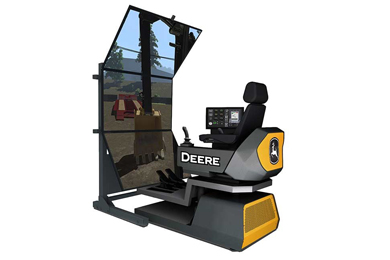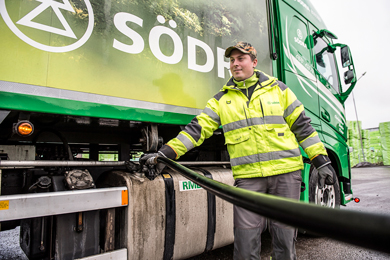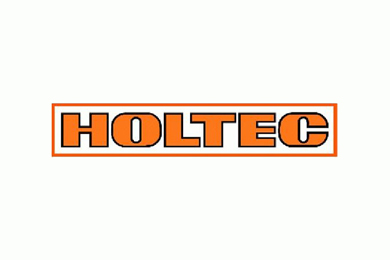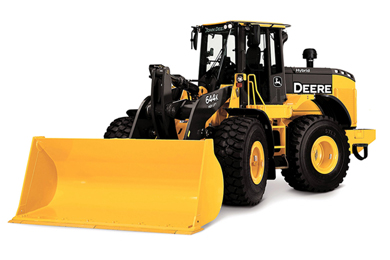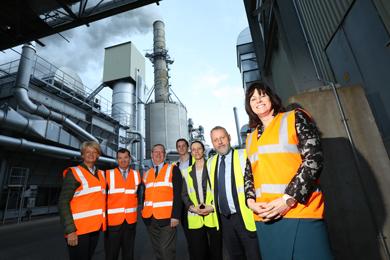The notified area of final felling in Sweden increased by 18% in February compared with the corresponding month in 2018. It is the highest monthly recorded data for the whole country in for February month in the last 12 years, according to the Swedish Forest Agency.
The total area of notified final felling in the whole country amounted to 18,453 hectares and the increase is partly due to the storms Alfrida and Jan where forest owners now make notifications to be able to take care of the forest that has been affected.
The notified area of final felling increased in all regions except for the region South of Northern Sweden where it decreased by 15%. In the region North of Sweden, it increased by 50% to 3,633 hectares. In the region Central Sweden, the notified area of final felling increased by 78% and amounted to 5,150 hectares, which is the highest monthly recorded data for February since 2007. In the region South of Sweden, the increase was 22% and amounted to 6,266 hectares.
At county level, the notified area of final felling increased in 15 of 21 counties. The largest increase was in Stockholm County, followed closely by Västmanland county which more than trebled. Thereafter, the corresponding increase in Uppsala County was 56%. It is the highest monthly recorded data for February month since 2007 in all these three counties.
The increase in Västerbotten County was 76%. Stockholm, Uppsala, Södermanland and Västmanland counties probably have higher notified area of final felling due to the storm Alfrida. In Västerbotten County, the increase in the areas is partly due to the storm Jan.
In Västernorrland County, the notified area of final felling decreased by 32%.


